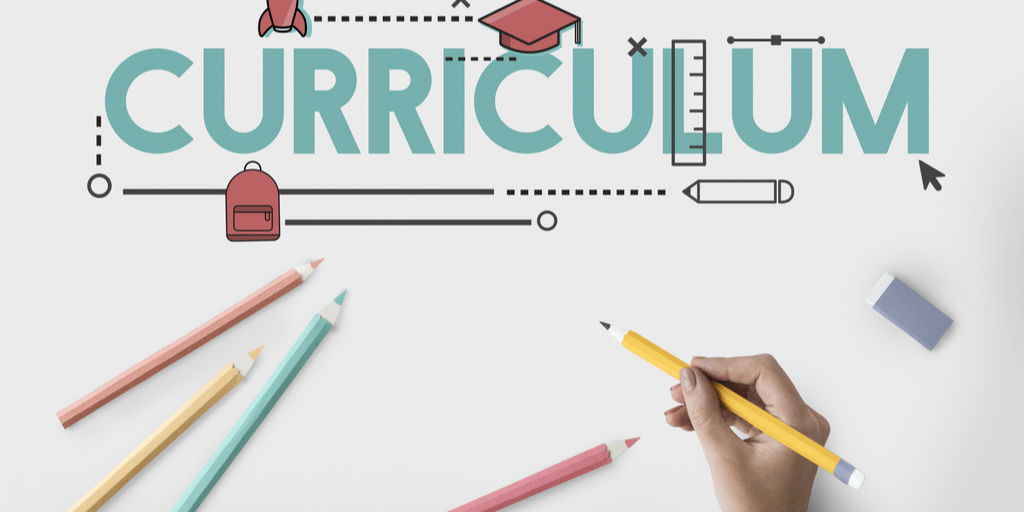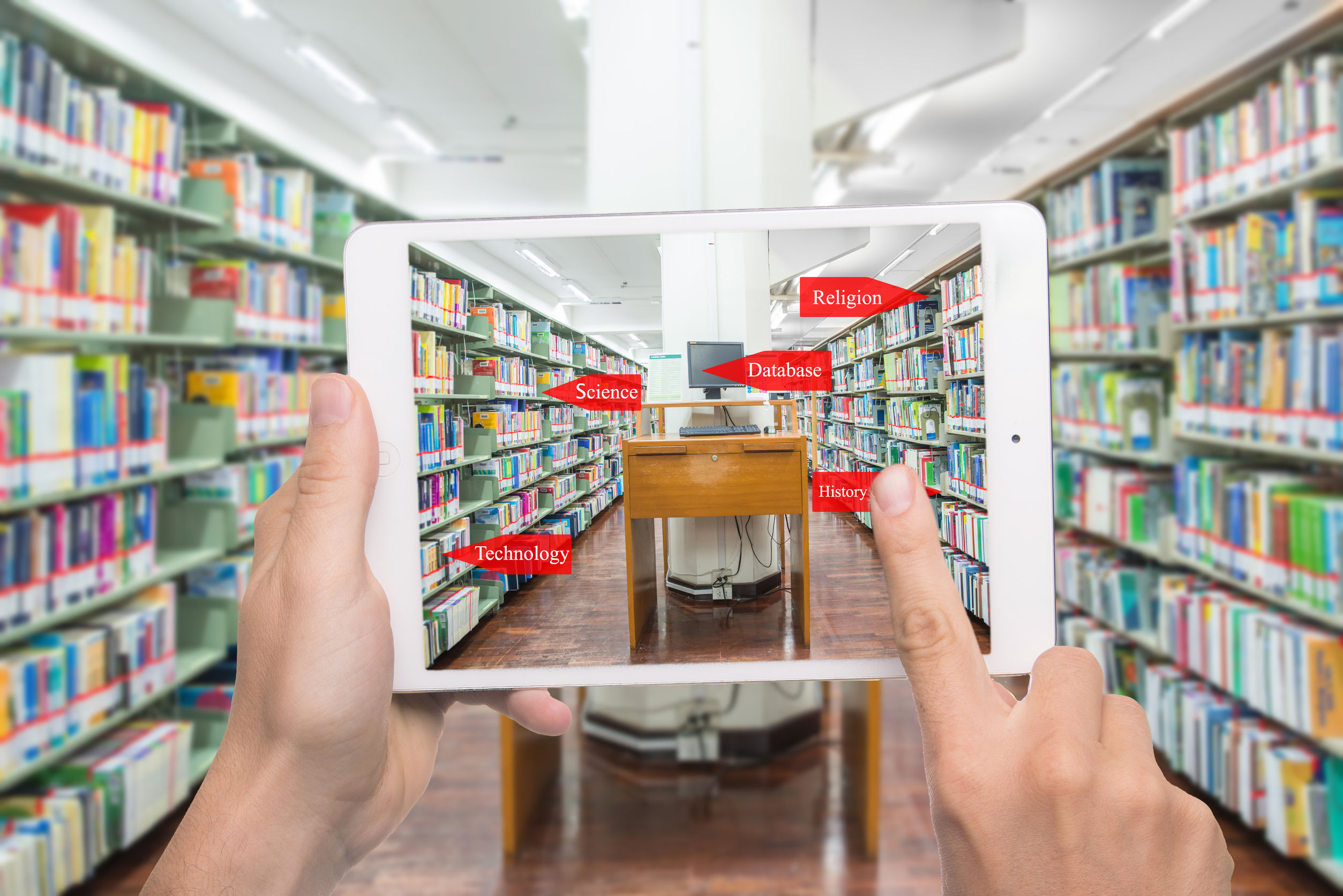Education
Steps Needed For Putting Social Media For Authentic Learning Into Action.
In this post, we will explore several types of technology, including social media used for learning, blogs, and wikis. We need to remember that although blogs and wikis, in some cases, predated social media, they are considered a part of social media.
When integrating social media to support authentic learning in the classroom or learning situation, we must first define what authentic learning experiences are. Authentic learning experiences are created around real-life, genuine purposes. They engage students in critical thinking and twenty-first-century learning, teach important skills such as research and collaboration, and improve student learning. Authentic learning can rely on technology to develop typical scenarios that learners encounter in real-world settings. Online authentic learning experiences often integrate asynchronous and synchronous communication and social media for teamwork, including collaborative online investigations, resource sharing and knowledge construction. Social media tools, such as blogs and wikis, can help learners find a broader community where they can share information and resources.
(more…)


